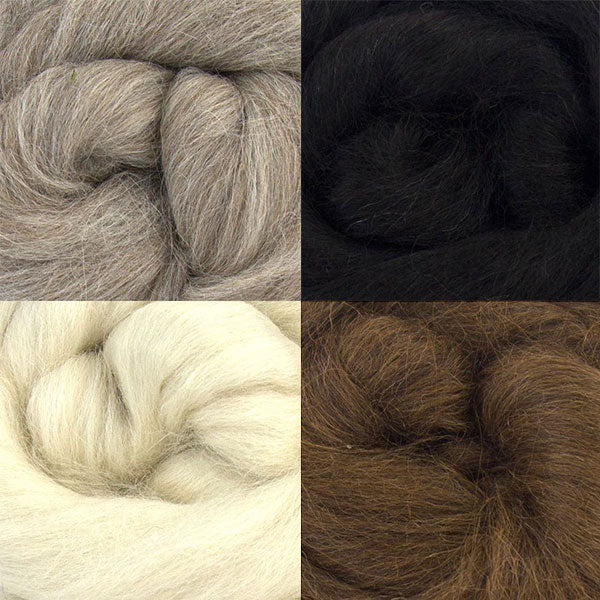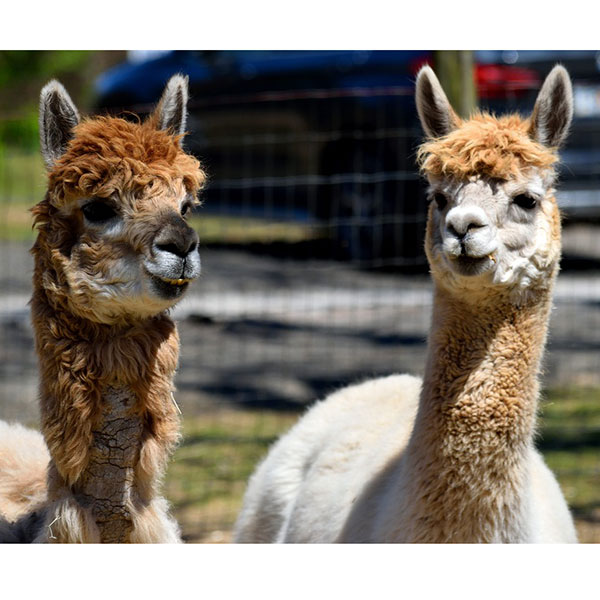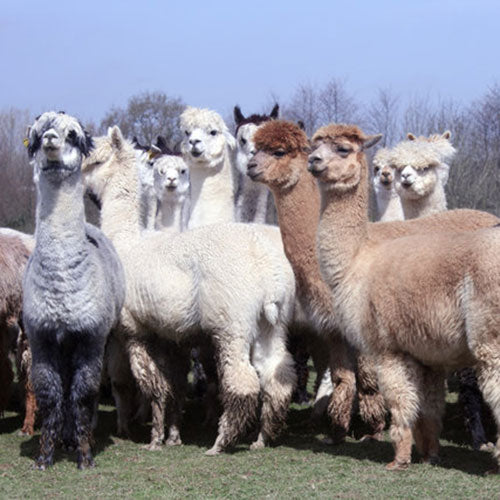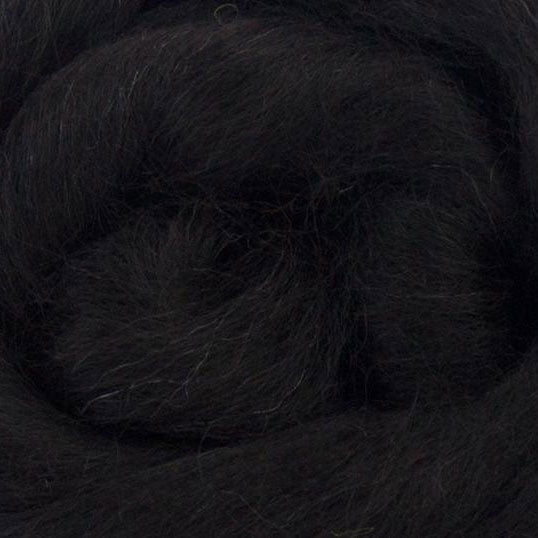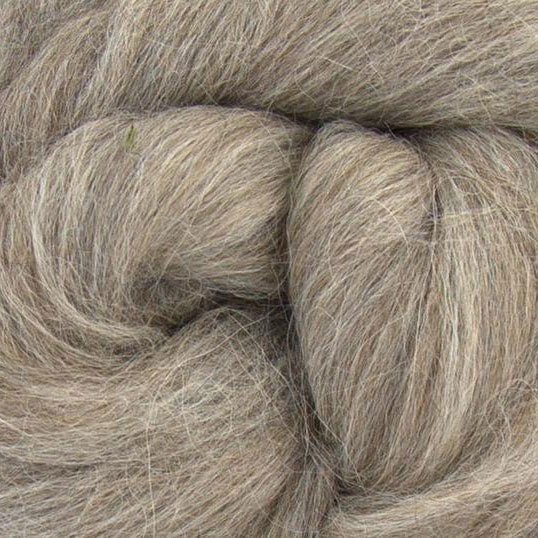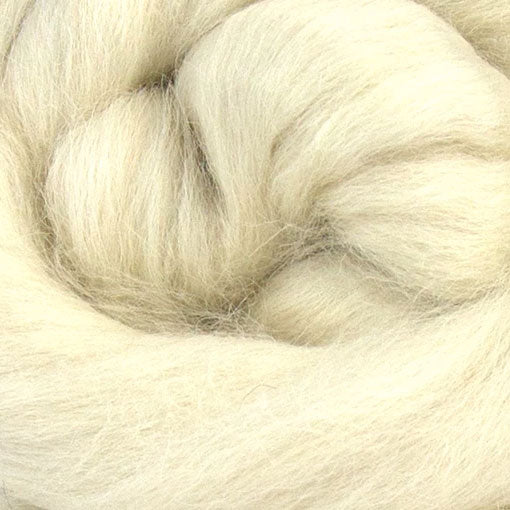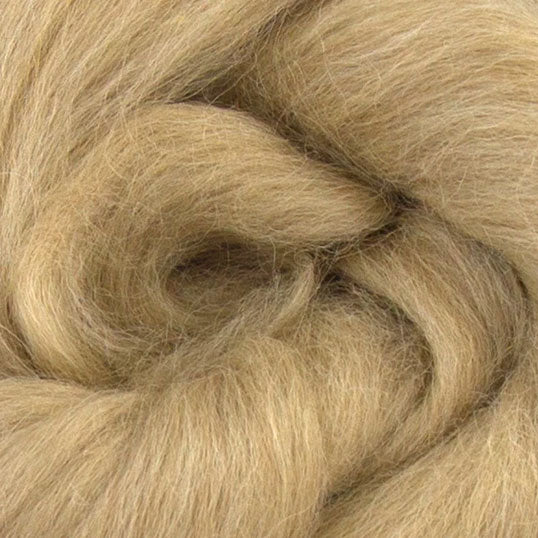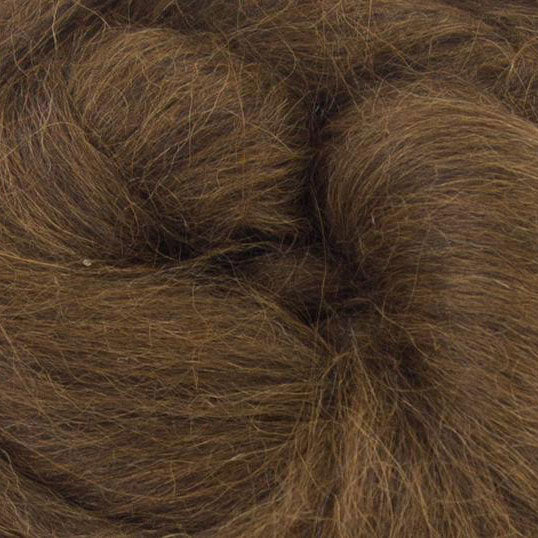Alpacas (Vicugna pacos) are domesticated versions of the vicuna (Vicugna vicugna). Together with the llama (Lama glama) and guanaco (Lama guanicoe), they comprise the four types of South American camelids. Alpacas can be found in the mountainous regions of Peru, Bolivia and Chile. An estimated 3 million alpacas reside in the Andes. In addition, alpacas are now actively bred in the United States.
There are two breeds of alpaca, the Huacaya (~90%) and the Suri (~10%). The primary difference between the two is the length and fineness of fiber produced. Huacaya have a short, curly, dense fiber. Suri have longer, straighter fiber that has a silky feel. The US Alpaca Owners Association recognizes 16 official colors ranging from white to black and various shades of brown. Peru classifies some 52 natural alpaca colors.
Unlike sheep wool, alpaca fiber does not contain lanolin and is therefore ready to spin after just nominal cleaning. An alpaca can produce from five to ten pounds of fleece per year. Alpaca top is a great blending fiber with merino, mohair, cashmere, angora and even silk.
“Baby Alpaca” refers to the grade assigned based upon softness. It does not refer to the age of the animal and both young and old alpacas are capable of producing fiber that grades as “Baby Alpaca.”
Similar to polar bear fur, alpaca is a hollow fiber that gives it excellent insulating properties. In addition, alpaca is water resistant (sheep wool can absorb up to 35% of its weight in water), hypoallergenic, resist pilling in woven fabrics, flame resistant, wicks away moisture and do not accumulate a static charge.
In addition to alpaca fiber, The Woolery offers a beautiful Criative Yarn that is a blend of alpaca, cotton and bamboo.
Specifications:
- Content: 100% Alpaca Wool
- Breed: Alpaca (Vicugna pacos)
- Weight: 250g
- Micron Average: 24 - 26
- Staple Length: 3.00 - 3.5"
- Country of Origin: Great Britain
Additional Alpaca Resources
Alpaca Raising in the High Andes
Alpaca Owners Association (USA)

